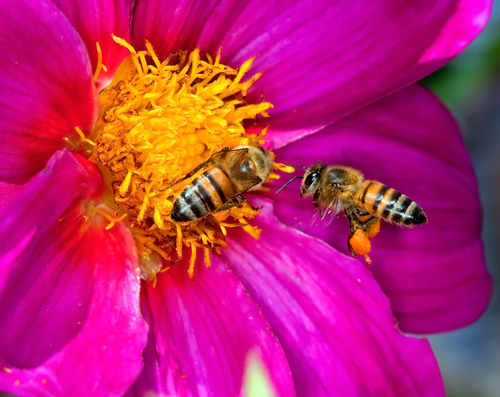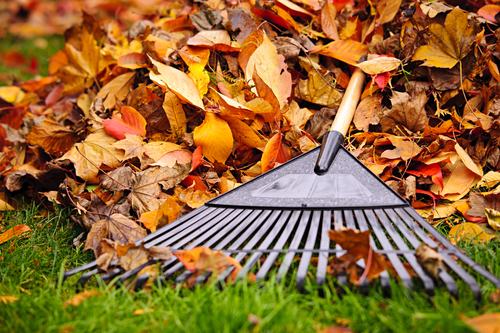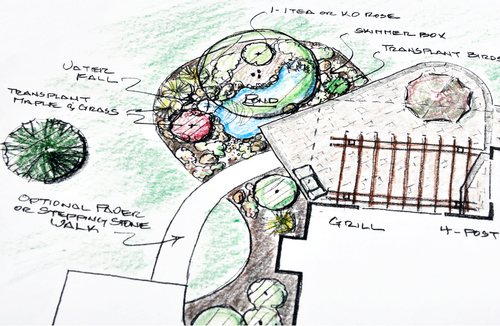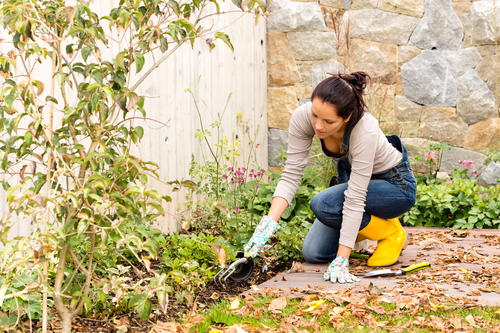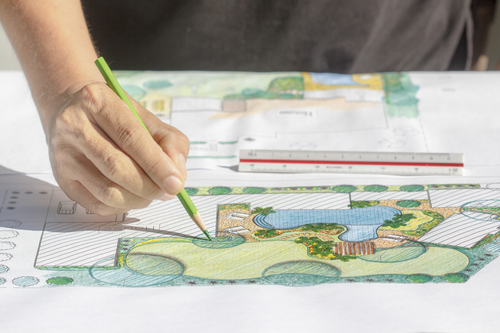
Tips for Properly Spacing Outdoor Areas
As one of the top landscaping companies out there, we at Greenside are all about advance planning when it comes to your home and lawn care. Especially when considering a brand new landscaping design, such as a new spring look you’re putting together this winter, it’s important to take the appropriate time and lay out all the relevant elements early on.
With that in mind, and especially as we sit in a winter period that’s perfect for planning, let’s look at a few bits of advice we can offer for proper sizing and spacing your outdoor space.
Walk Around
The first and most important step here is to walk around all your important areas, starting with the transitions from indoors to outdoors. This journey is an important part of your space, particularly if you regularly entertain outdoors and bring food or other items back and forth.
For starters, you want to arrange things logically – if you cook often, you don’t want to have the patio on the other side of the house from the kitchen, for instance. From here, consider all the other logical elements of how people move in and out: Whether there are any tripping or vision hazards, how pets will handle the transition, things like that.
Check Your Views
Another important factor to keep in mind is the view from your kitchen and other important indoor areas. You don’t want indoor dining guests to be staring at a barbecue from their indoor view, for example – consider the ambiance of both inside and outside together.
Keep Comfort In Mind
In many cases, homeowners make the mistake of underestimating the space they’ll need for a deck or patio. Some people build them to fit a space that isn’t yet filled with a table, chairs or other vital elements of the patio. This is an area where you want space to stretch out and chat, and when you’re designing it, you should shoot for more space than you think is necessary.
For more on properly spacing your landscaping design, or to learn about any of our services, speak to the pros at Greenside today.




